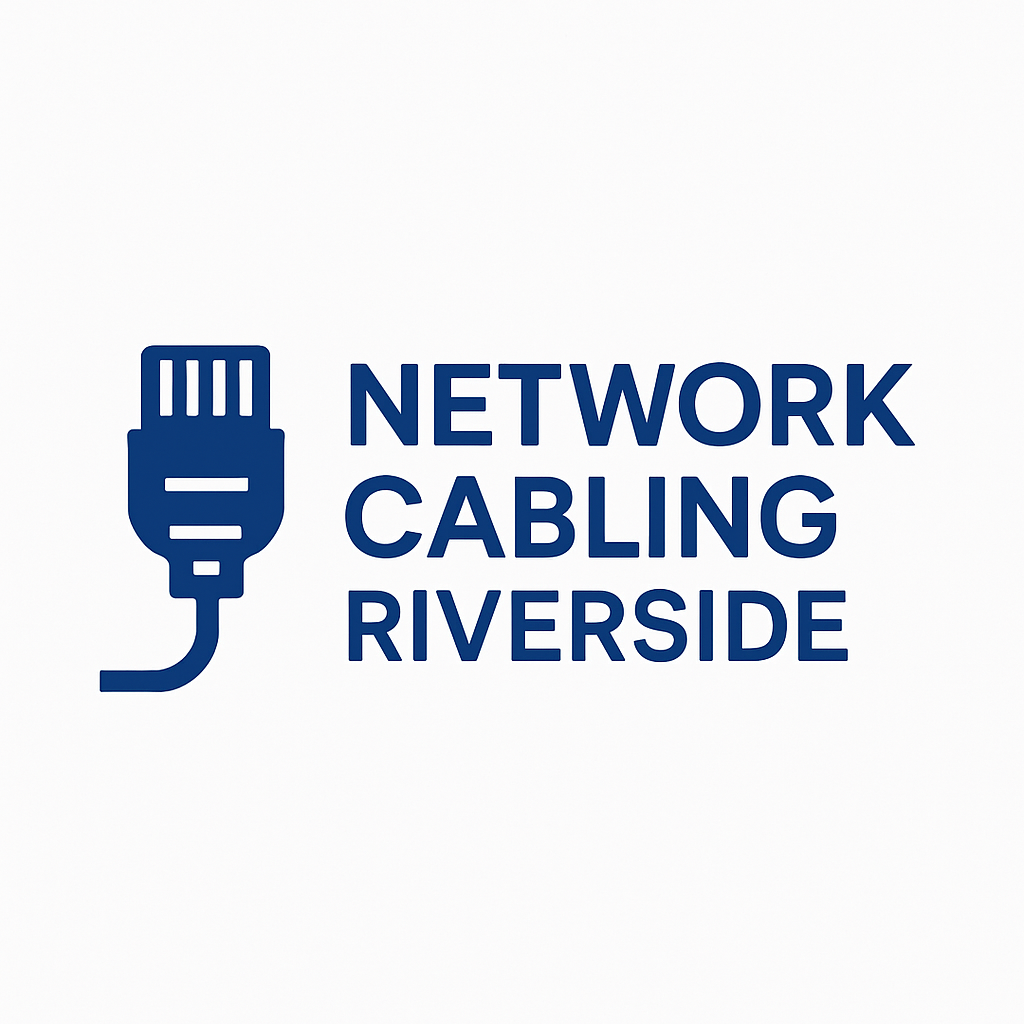How to Get a Low Voltage (C-7) Contractor License in Riverside, CA
If you want to install, service, or maintain low-voltage systems in Riverside, California, it is important to understand how to obtain the appropriate license — specifically the C-7 Low Voltage Systems Contractor license issued by the California Contractors State Licensing Board (CSLB). This blog explains the requirements, process, and practical steps to secure that license so you can legally and confidently operate in Riverside.
What is the C-7 Low Voltage License
The C-7 classification covers contractors who work on low-voltage systems operating at 91 volts or less.
A C-7 contractor installs, services, and maintains communication and low voltage systems that are energy-limited and do not exceed 91 volts.
Typical systems include telephone and data systems, sound systems, cable TV, closed-circuit video, satellite dish antennas, instrumentation, temperature controls, and landscape lighting that operate within the voltage limit.
Fire alarm systems are not included under the C-7 classification.
Understanding this definition is essential because if your work exceeds 91 volts or involves high-voltage electrical systems, you will need a different classification such as the C-10 Electrical Contractor license.
Why Getting Licensed Matters in Riverside, CA
Operating without the correct license can lead to fines, penalties, and stop-work orders. In Riverside, licensed contractors must also obtain a valid City of Riverside business license before performing work. Having the C-7 license not only ensures compliance with California law but also builds trust with clients and provides credibility in a competitive local market.
Requirements for the C-7 License
To qualify for the C-7 Low Voltage Systems Contractor license in California, applicants must meet the following:
- Age and Legal Status – You must be at least 18 years old and have a valid Social Security Number or Individual Taxpayer Identification Number.
- Experience – You must have at least four years of journey-level experience in the low-voltage trade within the past ten years.
- Application and Fees – Submit a completed application to the CSLB along with the required state fees.
- Examination – Pass both the C-7 trade exam and the California law and business exam.
- Bond and Insurance – Obtain a contractor’s bond and workers’ compensation insurance (if you employ workers).
- Business Entity – Set up your business structure such as sole proprietorship, partnership, LLC, or corporation.
Step-by-Step Guide: How to Get Your C-7 License in Riverside
Step 1: Verify Experience
You must show at least four years of journey-level experience in low-voltage installation, maintenance, or service. Gather documentation such as job records, project descriptions, or letters from previous employers verifying your work experience.
Step 2: Apply for the C-7 Classification
Complete the Application for Original Contractor License and select the C-7 classification. Submit it to the CSLB with the required fee and proof of experience.
Step 3: Schedule and Pass the Exam
Once your application is approved, schedule your C-7 exam. The exam covers topics such as job planning, materials, installation, testing, and safety. You must also pass the law and business exam.
Step 4: Set Up Your Business Entity
Register your business in California. Determine your structure — whether sole owner, partnership, LLC, or corporation — and ensure your business address and documentation are correct for Riverside.
Step 5: Obtain a Bond and Insurance
Secure the required contractor’s bond and workers’ compensation insurance if you have employees. This is necessary to activate your license.
Step 6: Receive and Maintain Your License
Once all requirements are met and approved, the CSLB will issue your C-7 license. You must renew it every two years and keep your insurance and bond active.
Key Exam Topics to Study
The CSLB C-7 exam covers six main areas:
- Job Planning and Design – Reading plans, estimating, and coordinating with other trades.
- Material Selection and Estimation – Understanding cables, devices, and installation methods.
- Wire and Cable Installation – Routing, labeling, supporting, and terminating cables correctly.
- Systems Configuration and Installation – Working with CCTV, data, audio, and fiber systems.
- Testing and Project Close-Out – Inspecting, verifying, and documenting system performance.
- Safety – Following California safety regulations and maintaining a safe job site.
Common Mistakes to Avoid in Riverside
- Incomplete Experience Verification – Provide detailed proof of your four years of experience.
- Underestimating the Exam – The C-7 exam covers both technical and business topics, so prepare carefully.
- Incorrect License Classification – If your work exceeds 91 volts, you need a C-10 license instead.
- Missing Local Licensing Requirements – In Riverside, you must also apply for a local business license to work legally.
- Not Maintaining Insurance – Failure to keep insurance or a bond can cause license suspension.
Benefits of Being Licensed in Riverside
- You can legally bid on and complete low-voltage projects in Riverside and across California.
- Clients trust and prefer licensed contractors for safety and reliability.
- You can pull building permits from the City of Riverside.
- Licensing helps you avoid penalties and strengthens your business reputation.
Conclusion
Getting a C-7 Low Voltage Systems Contractor license is an essential step for anyone planning to work with low-voltage systems in Riverside, California. By fulfilling the experience requirements, passing both exams, obtaining your bond and insurance, and registering your business locally, you ensure compliance and credibility. With the proper license, you can confidently offer professional low-voltage services and grow your business legally and successfully in Riverside.
